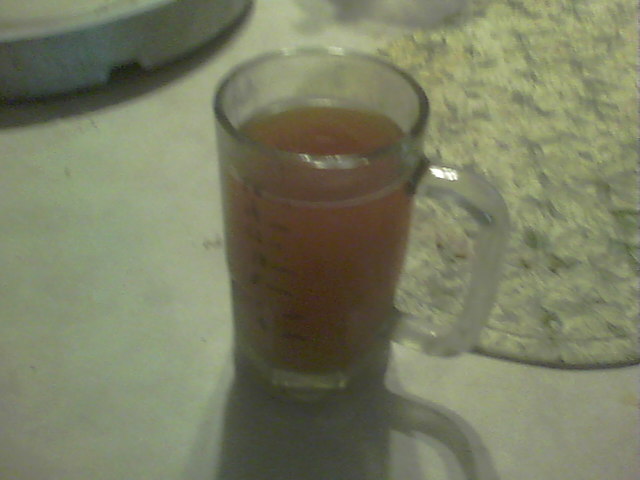bovine_OB
Well-Known Member
- Joined
- Oct 26, 2017
- Messages
- 86
- Reaction score
- 38
In my experience, just binge brewed a rye ipa, Munich helles, and hefeweizen. All three used Viking pilsner and Viking specialty malts when possible. Yeasts were us05, 34/70, and Munich classic respectively, all fermented in the recommended temps. The flavor is lacking in all three beers. Each is almost watery, just meh. Not bad, just doesn't punch a guy in the face with malt flavor. Efficiency was ok, maybe a little lower than expected. And FG was as low or lower than expected. Color was slightly darker than prior brews, especially for all the pilsner that was in these recipes.





















![Craft A Brew - Safale BE-256 Yeast - Fermentis - Belgian Ale Dry Yeast - For Belgian & Strong Ales - Ingredients for Home Brewing - Beer Making Supplies - [3 Pack]](https://m.media-amazon.com/images/I/51bcKEwQmWL._SL500_.jpg)




































